 Shutterstock
Shutterstock
In a world where empires rose and fell, a few remarkable dog breeds have trotted through history like furry little time travelers. These ancient canines walked beside pharaohs, guarded Roman legions, scaled mountains, and survived everything from plagues to volcanic eruptions. Long before squeaky toys and electric heating, they hunted, herded, and warmed royal laps with fearless devotion. These breeds didn’t just survive—they thrived, adapting across centuries while carrying the stories, scars, and legendary loyalty of civilizations past in every stride and side-eye.
Saluki
 Shutterstock
Shutterstock
Often referred to as the royal dog of Egypt, the Saluki dates back to ancient Mesopotamian and Egyptian times. These dogs were revered as divine companions, often mummified and buried alongside their pharaoh owners. Built like graceful wind machines, Salukis were bred for speed and endurance across deserts and rugged terrain. Their elegance masked their rugged durability, allowing them to hunt gazelle by day and lounge on silk cushions by night. The fact that they’re still with us today, just as sleek and noble, proves they’ve dodged more history than a textbook.
Basenji
 Shutterstock
Shutterstock
The barkless wonder of Central Africa, the Basenji, is as ancient as it is mysterious. Found depicted in ancient Egyptian tombs and artifacts, this dog was originally bred to hunt small game in the dense Congo rainforest. Their unique yodel-like vocalizations and cat-like grooming habits made them stand out among their canine peers. Despite centuries of isolation in unforgiving terrain, the Basenji adapted and endured, surviving colonization, disease, and even modern fashion trends. If quiet resilience had a mascot, it would be this stealthy, wrinkle-faced adventurer.
Akita
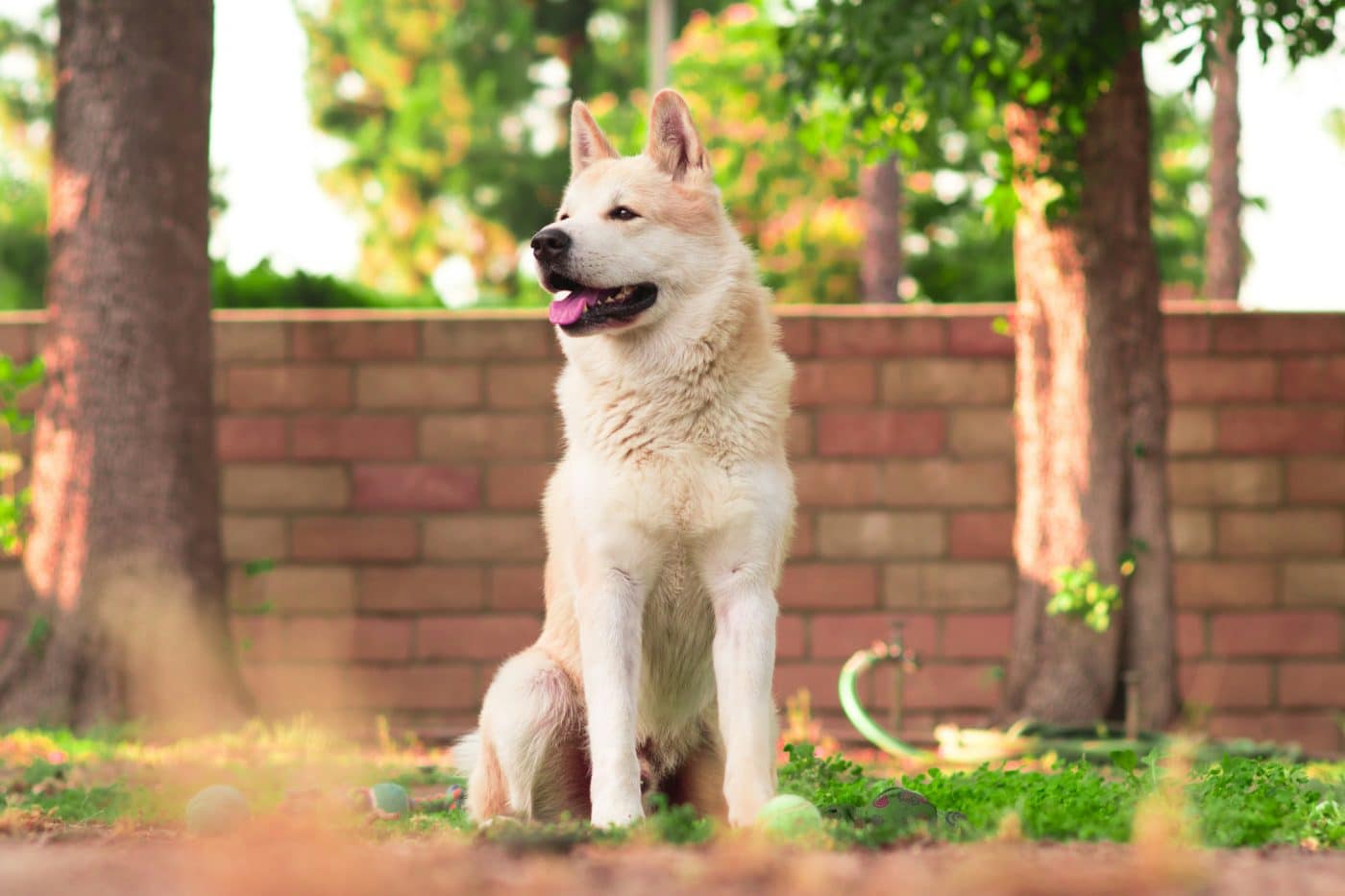 Shutterstock
Shutterstock
The Akita hails from the snowy mountains of northern Japan and was once the protector of samurai, nobility, and even emperors. With roots stretching back over a thousand years, this breed has survived countless wars, including World War II, during which their numbers nearly vanished. Akitas were bred for loyalty, strength, and fearlessness, often tasked with hunting wild boar and even bears. Their legendary devotion—see: Hachikō—has immortalized them in global dog lore. These dogs have seen Japan through centuries of conflict and still manage to look like fluffy warlords with attitude.
Tibetan Mastiff
 Shutterstock
Shutterstock
Majestic and massive, the Tibetan Mastiff is the mountain guardian of the Himalayas. Bred by nomads and monks to protect livestock from wolves, leopards, and snow leopards, these dogs are built like tanks with fur. Their history traces back to ancient Tibet, where they were considered sacred and almost mythic. These dogs survived frigid winters, thin air, and more yaks than you can count, not to mention political upheavals and invasions. Basically, they’re the dog version of a wooly yeti with a black belt in intimidation.
Alaskan Malamute
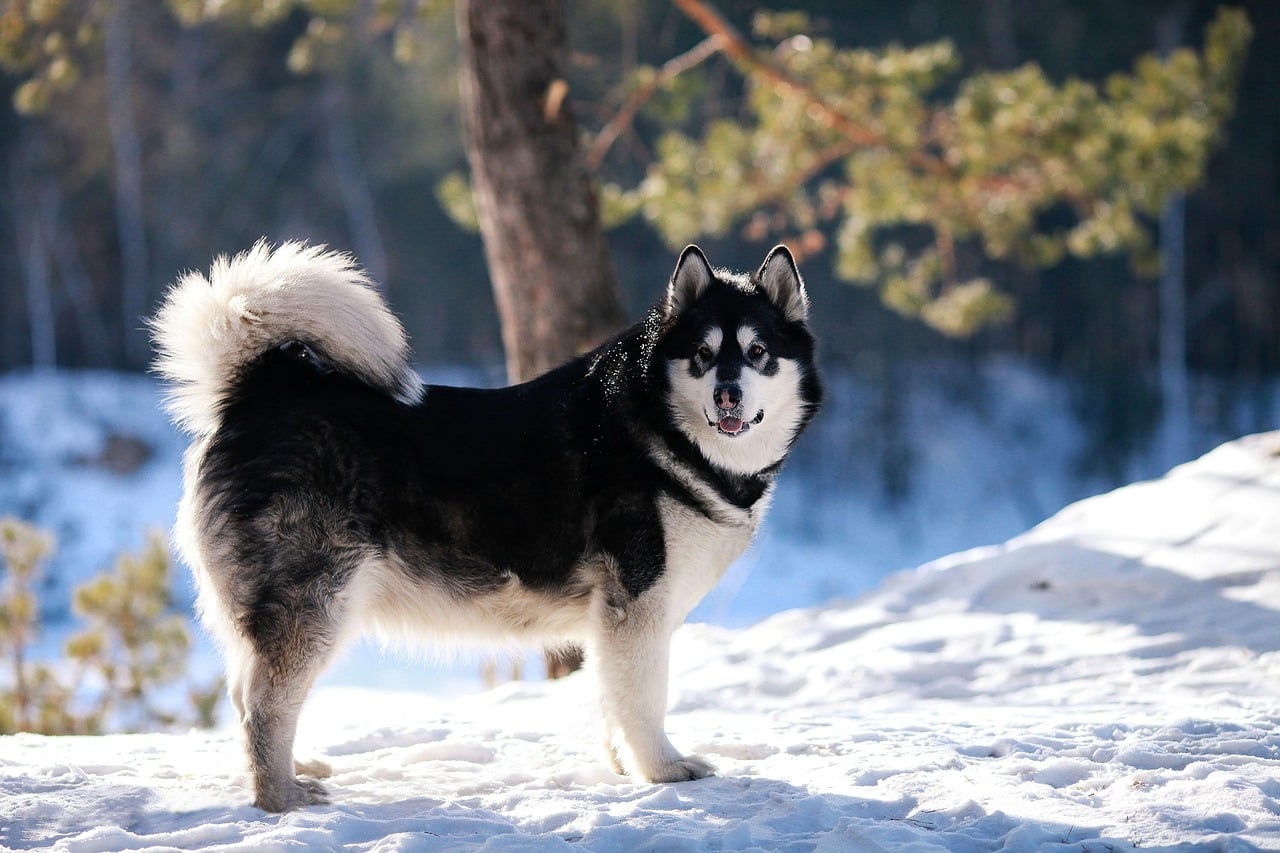 Shutterstock
Shutterstock
Before sledding was cool, the Alaskan Malamute was hauling supplies and guarding people across the icy wilderness. Descended from the Mahlemut tribe’s working dogs, this breed has been part of Arctic survival stories for over 4,000 years. Whether dragging heavy loads through blizzards or keeping children warm during freezing nights, these dogs were indispensable. They also played crucial roles during the World Wars, serving as search and rescue dogs in extreme conditions. You know you’re tough when you casually stroll through snowstorms and act like it’s a spa day.
Chow Chow
 Shutterstock
Shutterstock
With its lion-like mane and scowling face, the Chow Chow might look like an ancient warrior reincarnated—and honestly, that’s not far off. Originating in ancient China over 2,000 years ago, this breed was used for hunting, herding, pulling carts, and guarding palaces. Even Chinese emperors couldn’t resist their charm, often keeping dozens as royal protectors. Despite their plush appearance, these dogs have lived through dynasties, famines, and revolutions. They may act aloof now, but they’ve survived centuries with fluff, dignity, and a touch of drama.
Afghan Hound
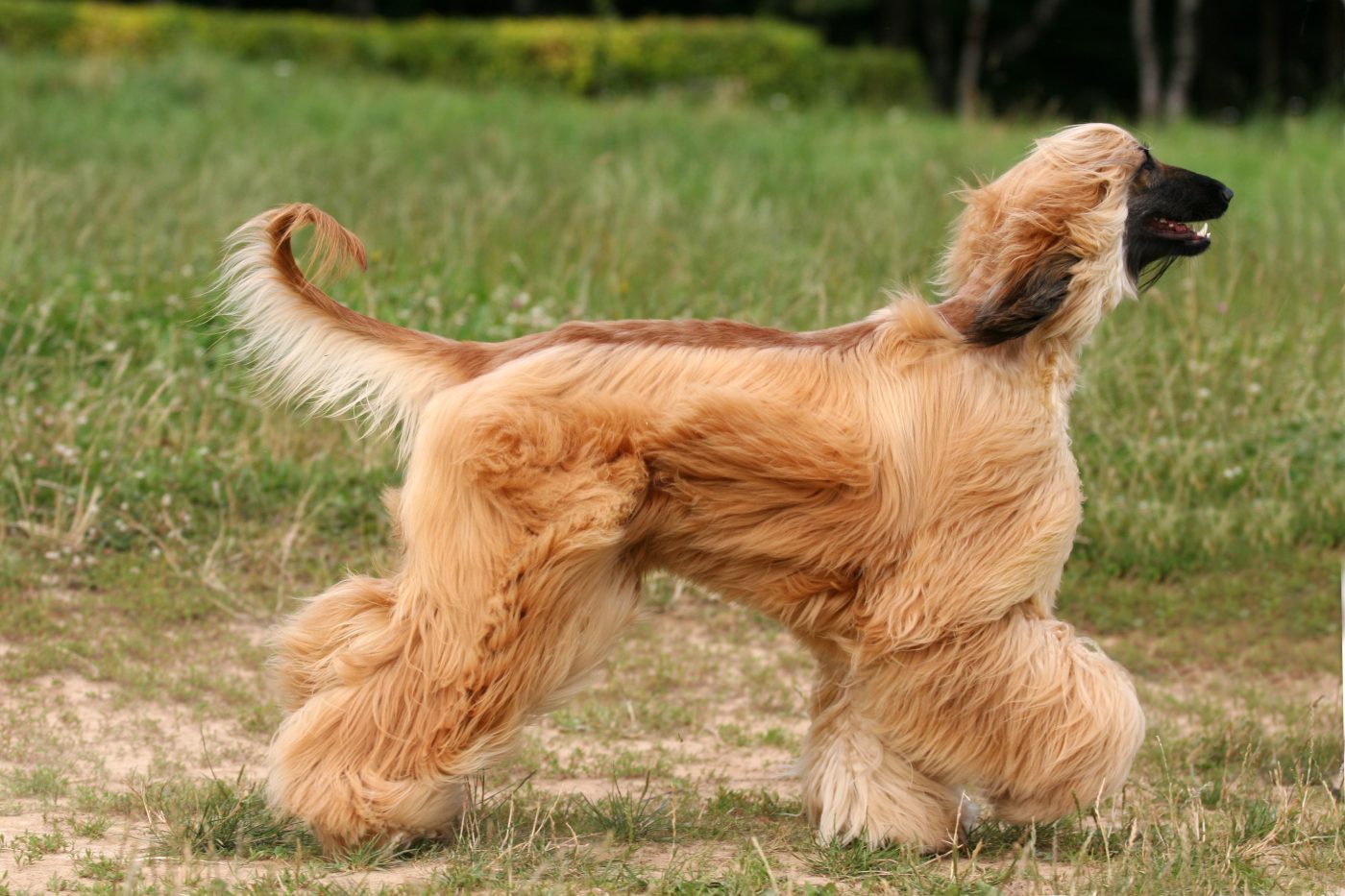 Shutterstock
Shutterstock
The Afghan Hound is practically dripping with elegance, but don’t let the shampoo-commercial hair fool you—this breed is built for survival. Hailing from the rugged mountains of Afghanistan, these hounds were bred to hunt game across harsh, rocky landscapes. Their long coats provided insulation from cold nights and biting winds, while their speed made them fierce predators. Having survived tribal conflicts, invasions, and multiple fashion cycles, the Afghan Hound remains both mysterious and majestic. They’re the only dogs that can flee danger and serve looks at the same time.
Canaan Dog
 Shutterstock
Shutterstock
The national dog of Israel, the Canaan Dog is a desert-dwelling survivor with roots tracing back thousands of years. Once wild scavengers in the Middle East, these dogs were domesticated by the ancient Israelites and used for herding and guarding livestock. When civilizations fell, they returned to the wild and lived feral for centuries before being rediscovered and re-domesticated in the 20th century. Their resilience, intelligence, and adaptability make them one of the most impressive survival stories in canine history. Basically, the Canaan Dog said, “Civilization? Optional.”
Shar Pei
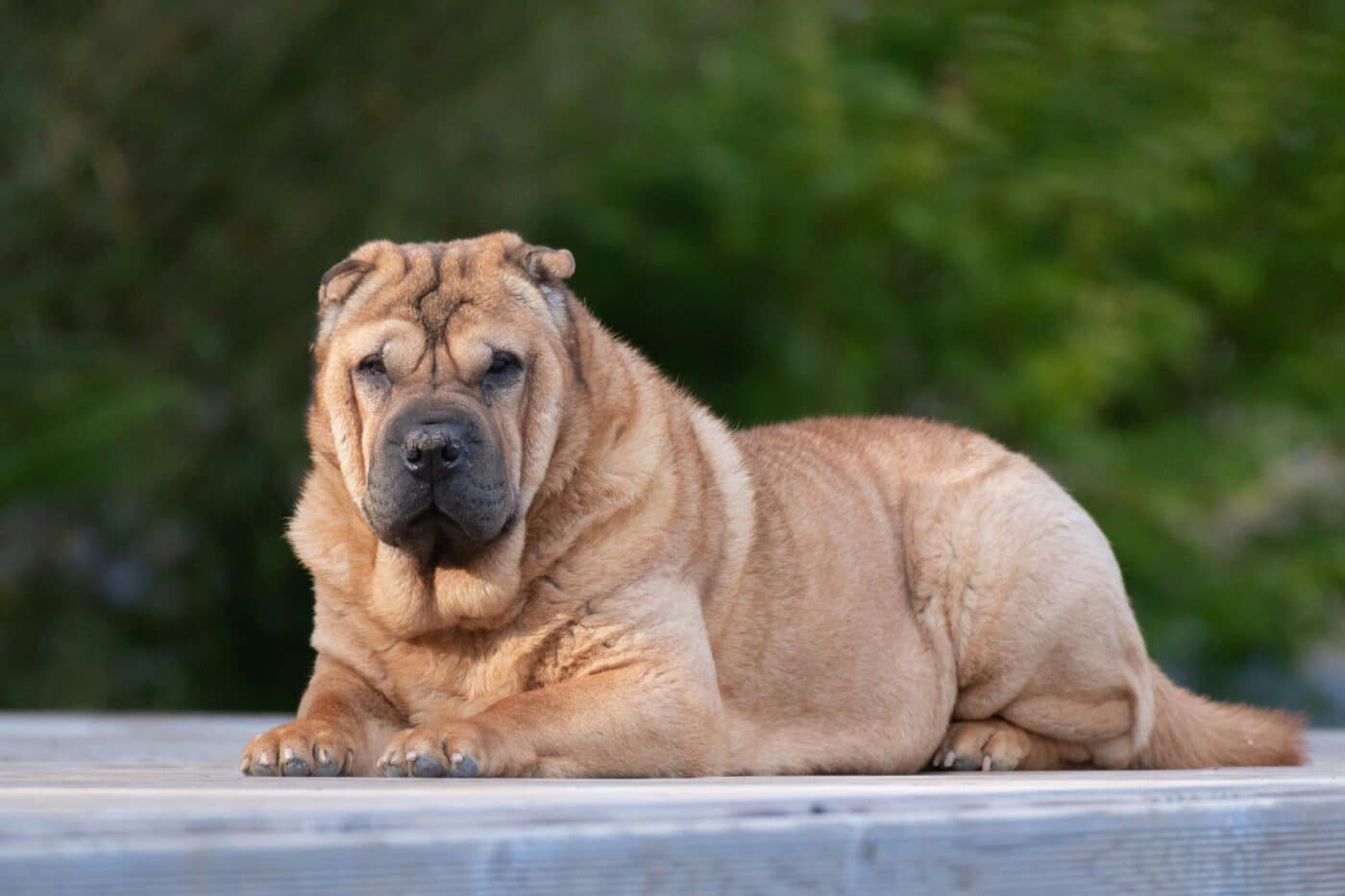 Shutterstock
Shutterstock
That adorably wrinkled face hides a history of grit and grit alone. The Chinese Shar-Pei has been around since at least the Han Dynasty, serving as a guard dog, hunter, and even gladiator in dogfighting rings. With its tough, sandpaper-like coat and saggy armor-like skin, the breed was built for defense and durability. Despite coming close to extinction in the 20th century, a few devoted breeders revived the line and helped this ancient pup make a modern comeback. From emperors to Instagram, the Shar Pei has truly been through it all.
Pharaoh Hound
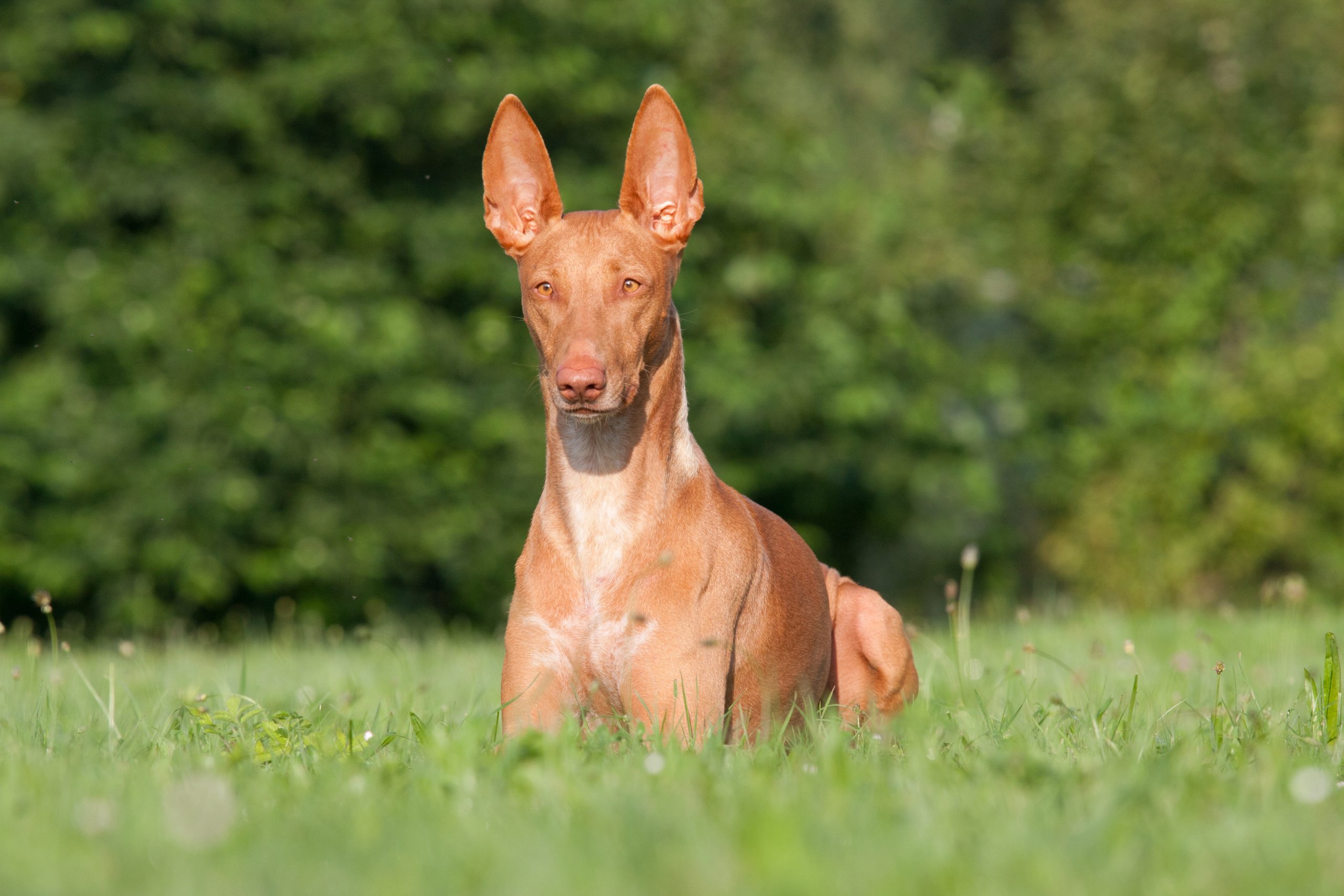 Shutterstock
Shutterstock
The Pharaoh Hound might sound like it was bred in the pyramids, and while it’s more Maltese than Egyptian today, its lineage still traces back to ancient North Africa. This sleek, elegant hound is thought to resemble the dogs seen in ancient tomb paintings, used by nobility for hunting and companionship. With sharp senses and unmatched agility, they were ideal for navigating rugged terrain and chasing down prey. Their iconic “blushing” trait—ears and nose turning pink when excited—adds to their timeless charm. They may not be royalty anymore, but they still carry themselves like they’re wearing golden collars.
Xoloitzcuintli
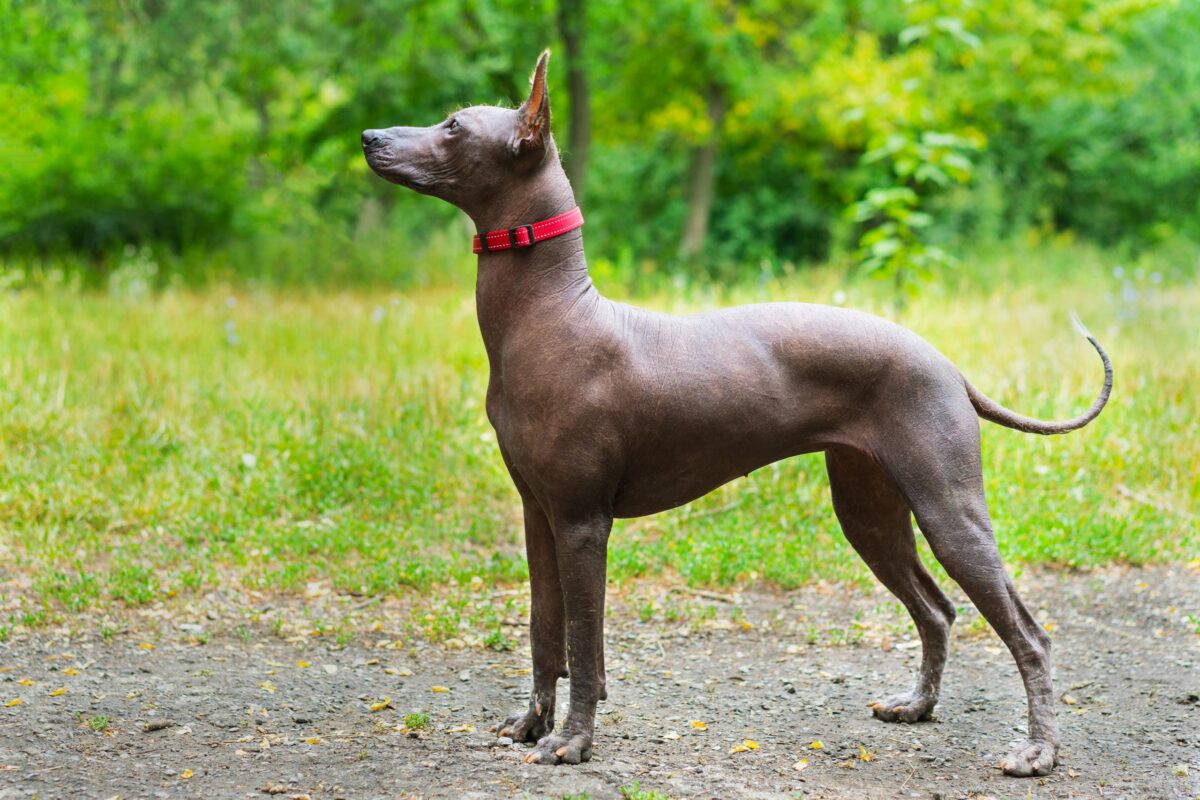 Shutterstock
Shutterstock
The Xoloitzcuintli (let’s just call them Xolos for sanity) is one of the oldest and rarest dog breeds from ancient Mesoamerica. Revered by the Aztecs, Toltecs, and Maya, these hairless dogs were considered sacred and believed to guide souls through the underworld. They were also highly valued for their healing warmth and companionship. Despite colonization, disease, and centuries of being considered weird little aliens, the Xolo survived and even thrived. Today, they’re cultural icons in Mexico and still look like they’re ready to star in a post-apocalyptic sci-fi movie.
The Bark Side of Ancient History
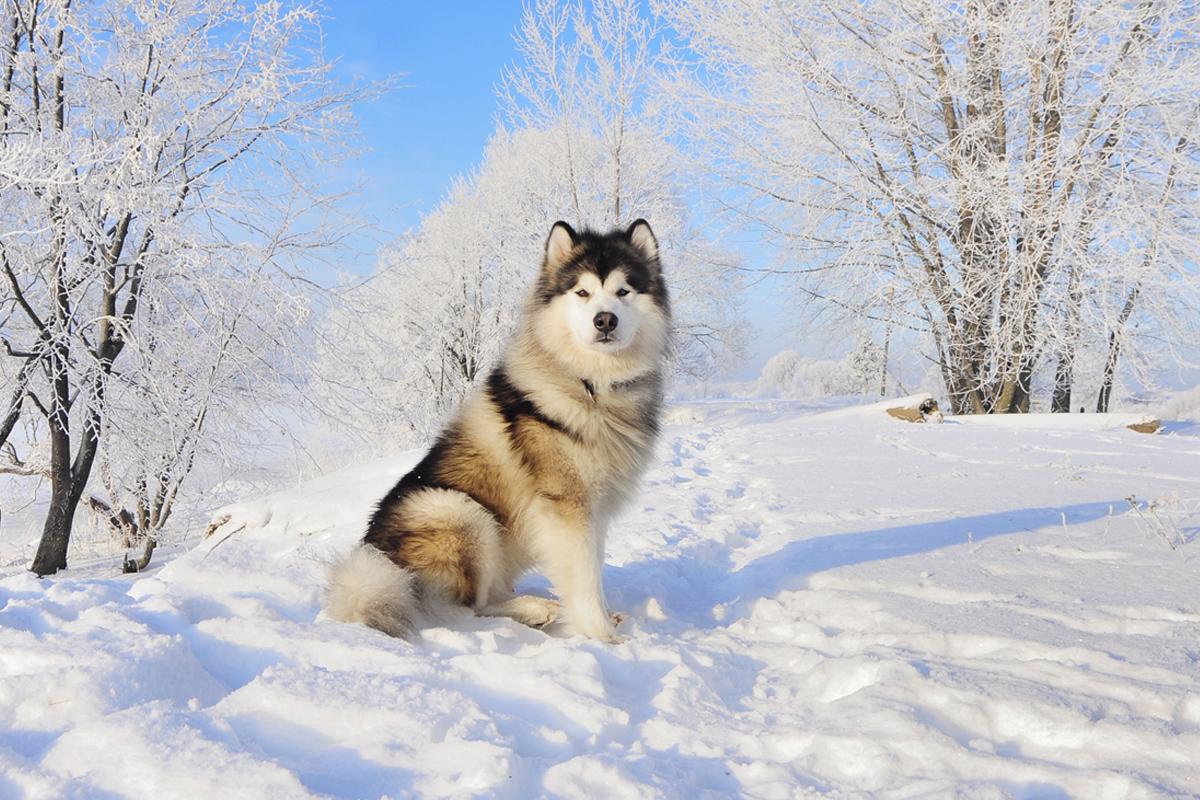 Shutterstock
Shutterstock
The ancient dog breeds have been dodging extinction like pros while casually living through revolutions, invasions, and probably a few bad hair days. These breeds have earned their place in history books, not just as companions, but as warriors, hunters, guardians, and mystical sidekicks. So the next time your dog barks at the neighbor’s cat or refuses to eat kibble without a garnish, just remember: they could be the direct descendant of a palace protector or a spirit guide. And honestly, they probably know it.

 12 hours ago
3
12 hours ago
3
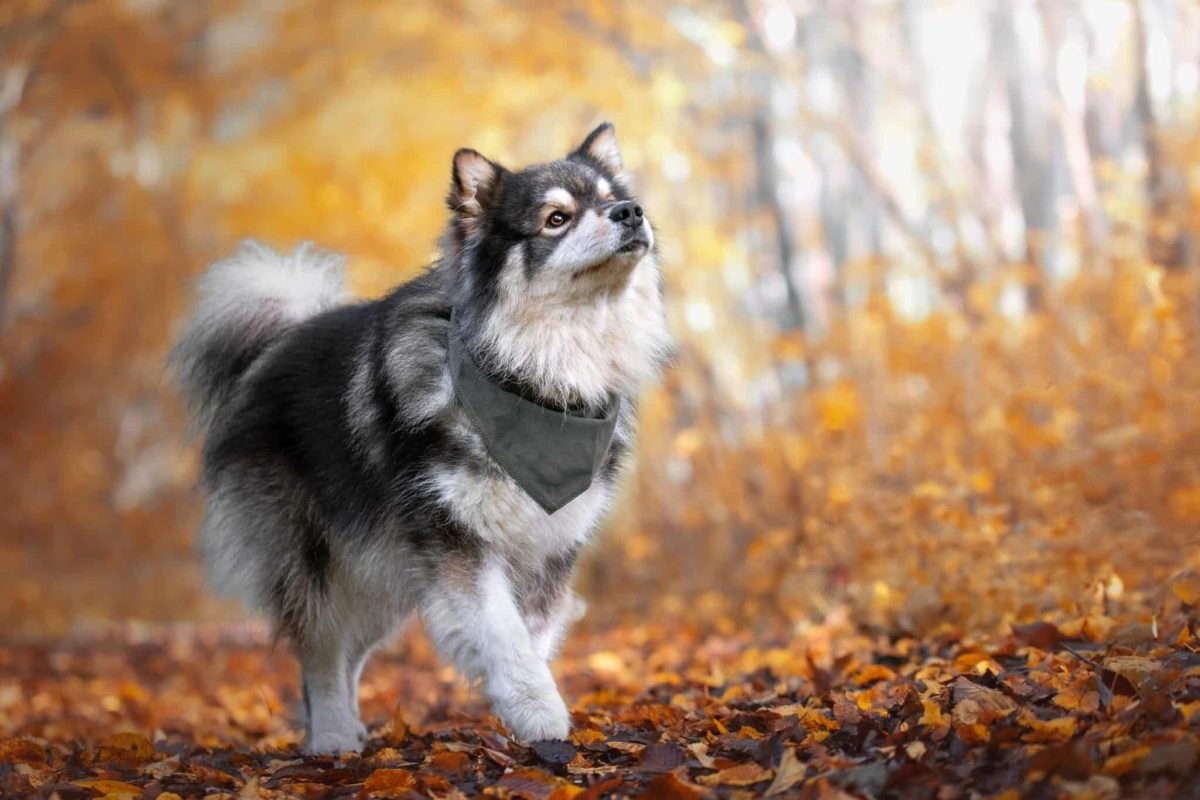
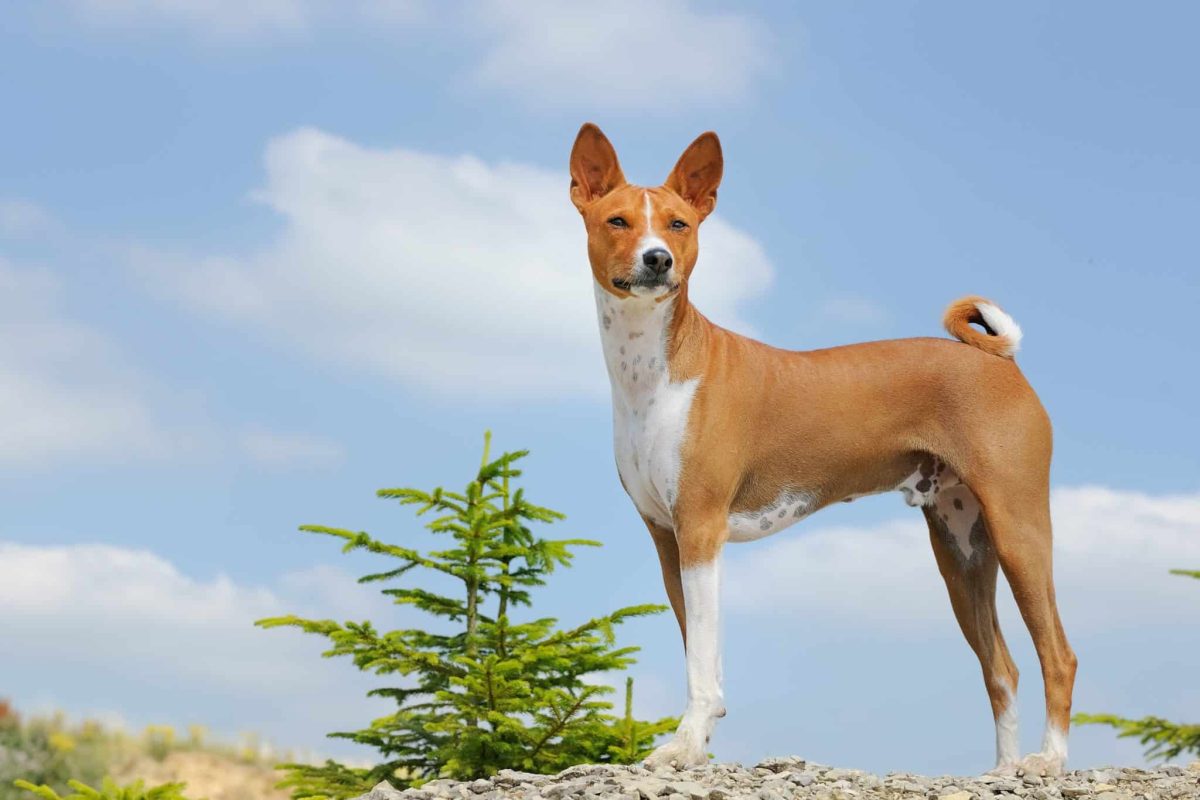

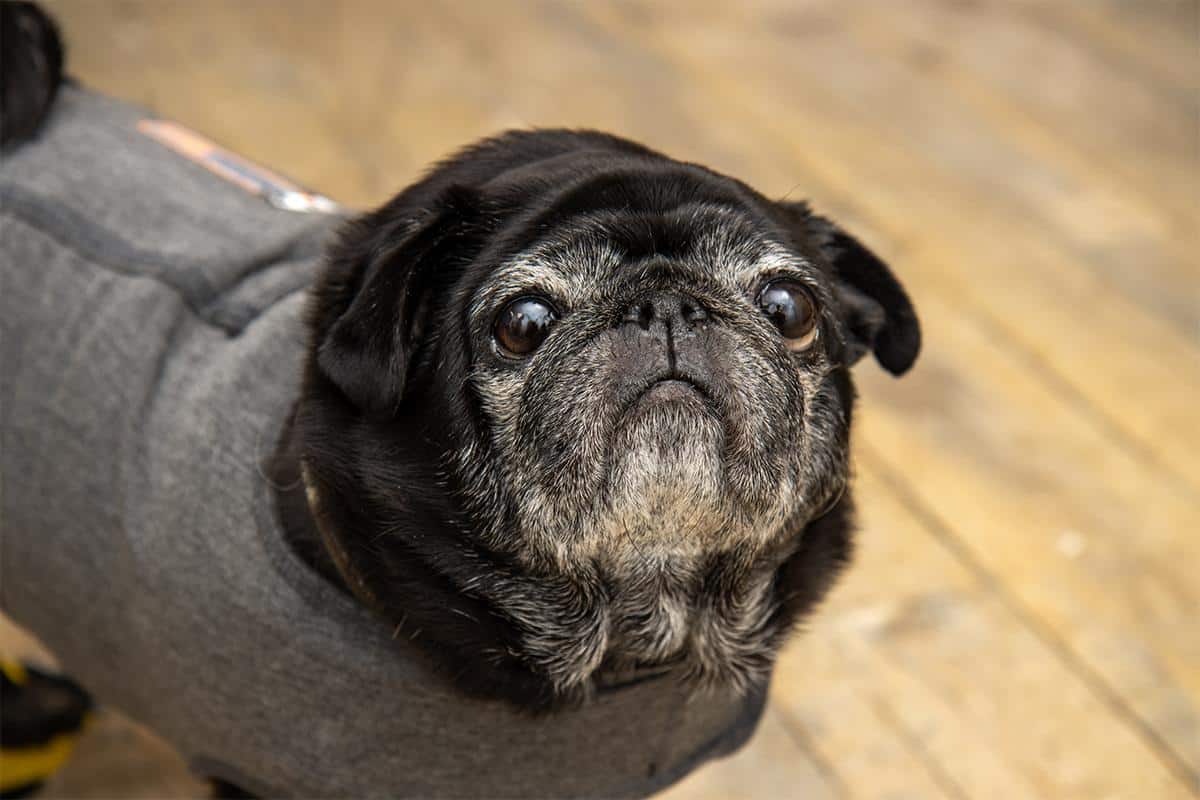
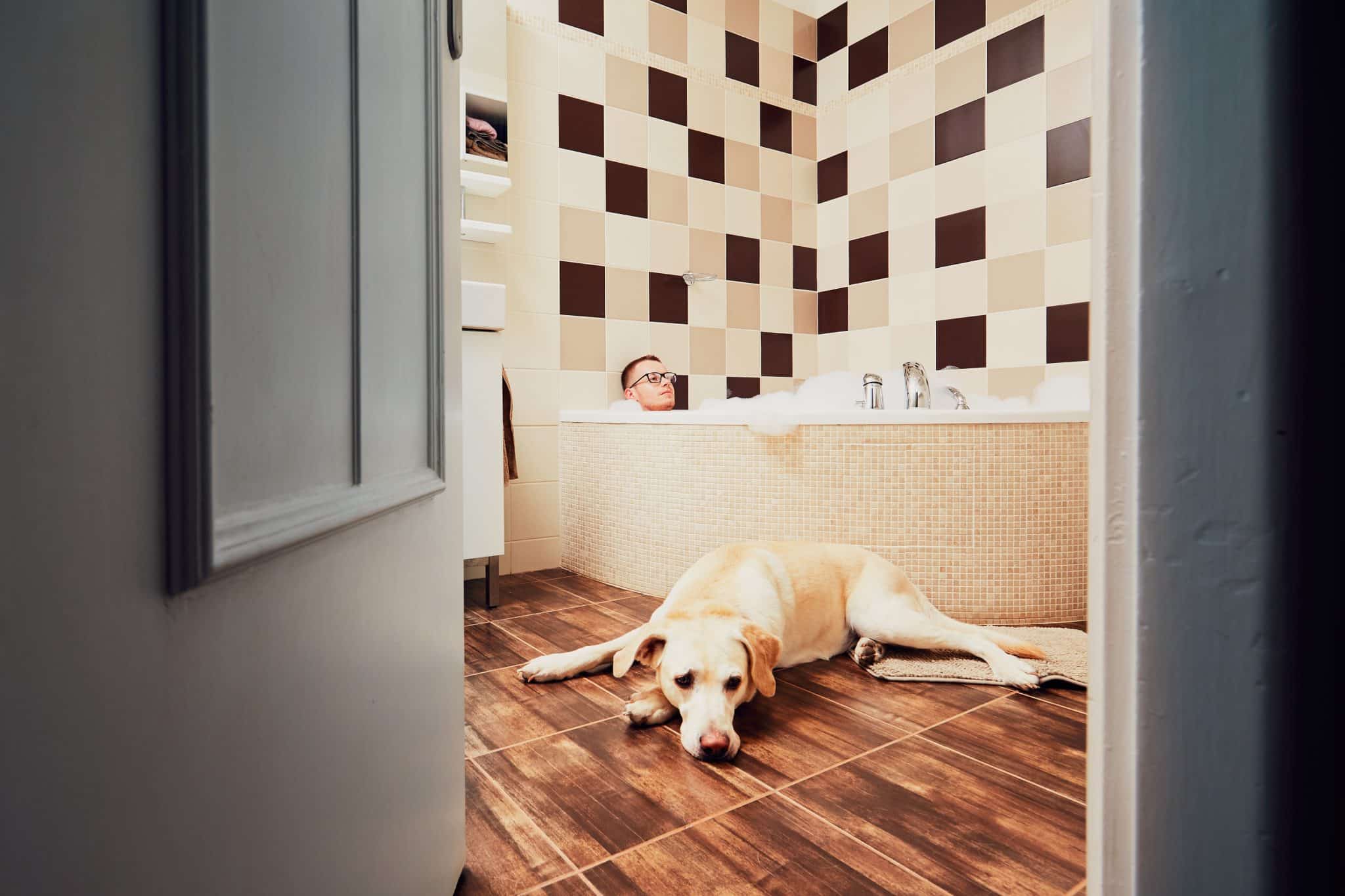
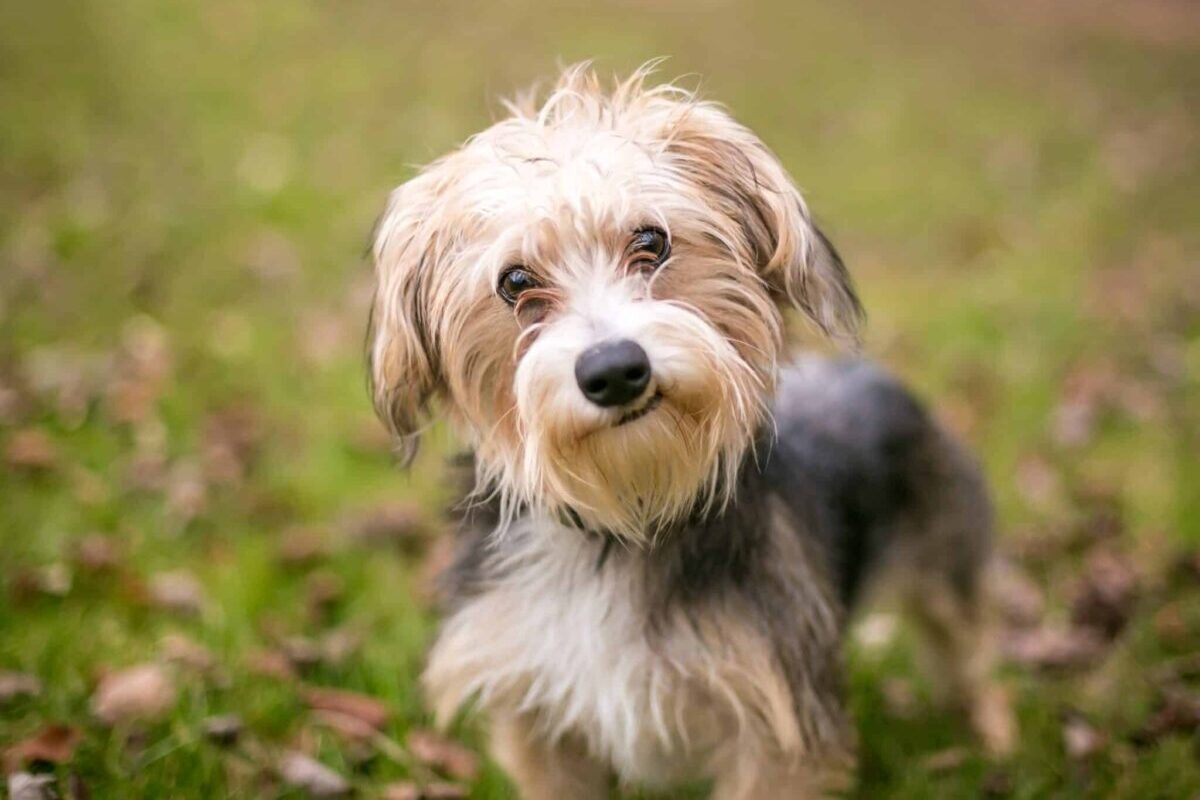


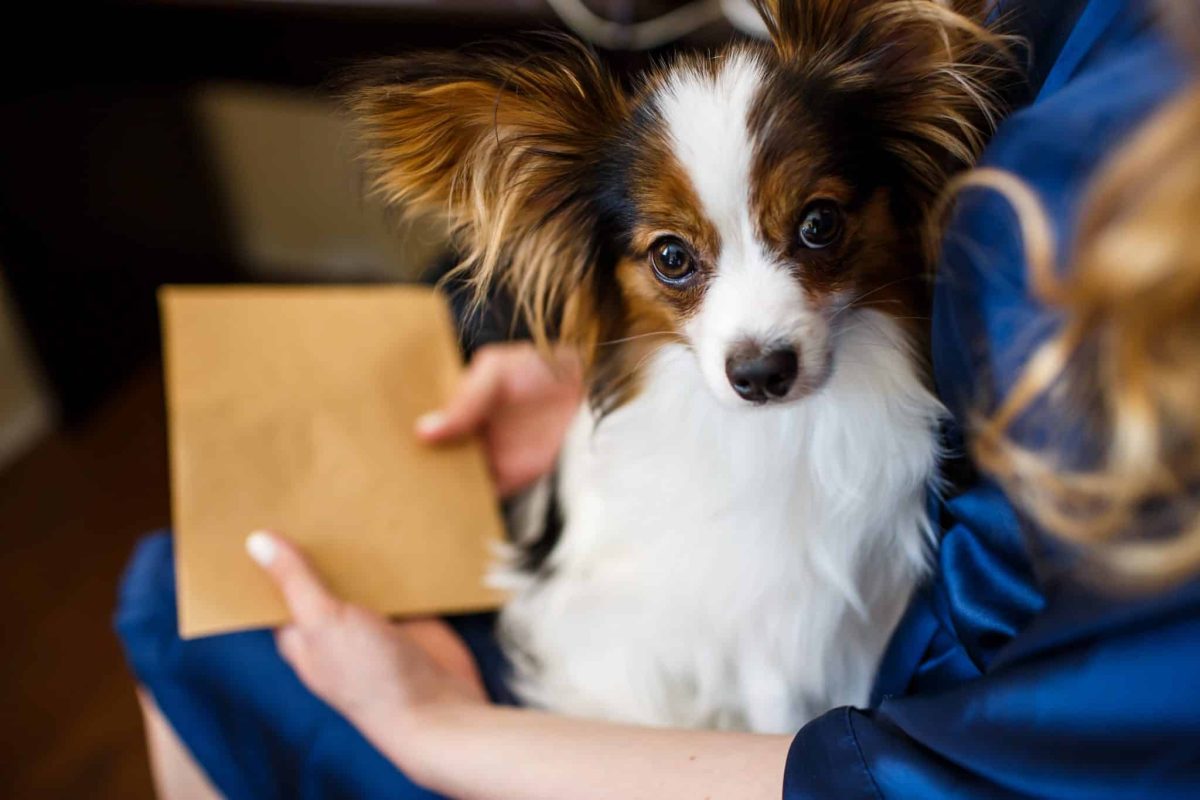









 English (US) ·
English (US) ·